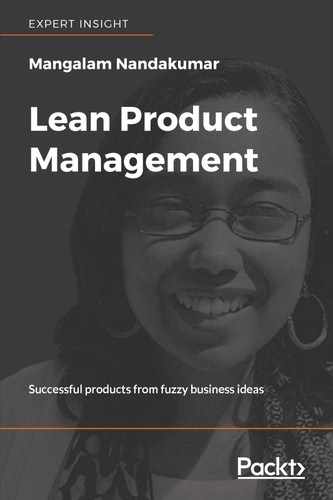In the nonprofit where I was leading the product team, we launched a self-service kiosk to approve loans for people from rural India, after they clear an assessment on basic financial concepts, which was also offered through the kiosk. The solution involved so many facets of complexity. It had to be multilingual (there are 22 languages spoken in India, and an even greater number of dialects) and work in a low internet bandwidth (including literacy education videos and assessments). Many of the target users were illiterate or semiliterate and had not actively used touchscreens.
In addition, we had to ensure that we could remotely monitor, maintain, and support our kiosk software since we had no people or budgets to afford any travel. We also had to worry about security, our devices being tampered with, and that the devices had to be installed in buildings without climate control. We used Aadhar biometric authentication for our users and there were fingerprint scanners, thermal printers, and iris scanners, along with an Android tablet that served as the kiosk. On top of this, we employed machine learning to approve loans for people from rural India.
With so many moving parts, we had to prioritize our product launch. If we had to take a call on this from an isolated technology perspective, we would call out a minimal viable product with support for one language using manual approvals for loans, targeting Tier II cities with better internet and so on. However, the business context was that the nonprofit was trying to change the ecosystem of micro and peer-to-peer financing in a market that was being grossly neglected or abused by mainstream players (https://www.rangde.org/swabhimaan). The success of the solution was in how the rural folks adopted the self-service model, and how the nonprofit could get a foothold in areas where mainstream players weren't willing to venture. Our Impact Driven Product included all of these technical success criteria stated earlier.
We mercilessly cut down on functional flows, simplified our designs without remorse, and put in a lot of effort in understanding and learning about our target users. The product had the support for multiple languages, remote monitoring and maintenance, hardware that could secure our devices, software that worked in low internet bandwidth, a user interface that included audio prompts in multiple languages, and a machine learning algorithm that focused on reasons to approve a loan rather than to find reasons not to. We built all this in four months and launched it in three rural villages in different parts of India.
This would have not been possible if we had not looked at an end-to-end experience, including operations, recording audio messages, finding hardware and device partners and advisors, and ensuring every moving part moved toward the same Key Business Outcomes—adoption and sustainable operations.
Success metrics discussions are the best forums for adding value, not just by communicating what's possible but also by bringing out the opportunity cost of not building something. Product engineering needs to own the 'how' of the product. In some cases, this means taking a longer-term view on core technology foundations. There isn't a real choice between building fast and building right; sometimes, we need to do both simultaneously.
We should stop viewing engineering as an isolated function that does what it's told to do. Today, implementation decisions are either being forced down by a business that doesn't understand tech possibilities or those decisions are being made in isolation by technology without understanding business context. We should also stop getting fixated on coding practices and processes or lamenting about being unable to refactor code. If quick-and-dirty code can amply meet business outcomes, then there is no reason for us to fix it. Similarly, if the core of a technology-driven product needs a lot more attention, then technologists should find the best way to meet business outcomes with the least wasteful effort. At the same time, they should be able to own, steer, and set the direction for the business outcomes through the most valuable interventions.
